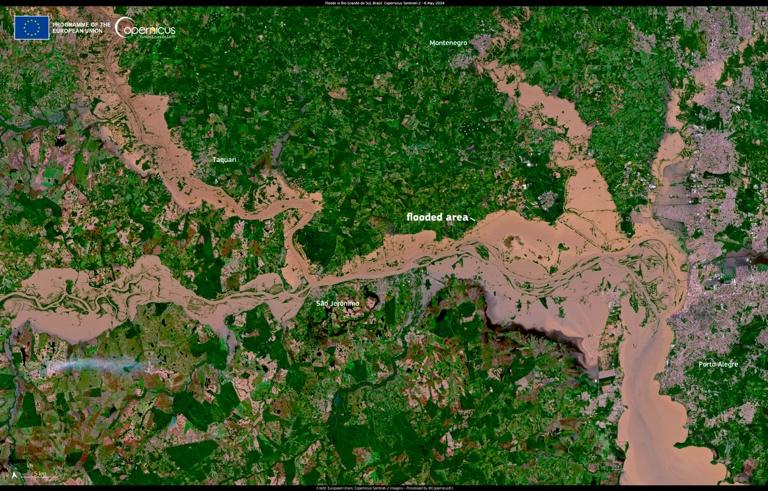Research
Regional and Local Scale Extreme Event

Extreme weather events like those caused by intense thunderstorms, heavy rainfall, or heat waves have significant local impacts on society and ecosystems. These events are often driven or amplified by small-scale processes, such as deep convection within thunderstorms, which remain poorly observed, inadequately understood, and frequently misrepresented in climate models.
Our research addresses these challenges using a hierarchy of modeling systems, including km-scale grid spacing models and large-eddy simulations, combined with theory and observations. This approach allows us to identify the strengths and limitations of simulating extreme events such as extreme precipitation, hail, winds, and heat, bridging the gap between current modeling capabilities and the need for more accurate simulations.
We operate at the intersection of weather and climate, focusing on processes across time scales from seconds during storms to centuries of climate change. This broad perspective enhances our understanding of both immediate and long-term implications of extreme weather, which is crucial for improving climate projections. By deepening our understanding of extreme events, we aim to advance process understanding and climate models and develop more effective strategies for mitigating their impacts, helping to safeguard communities against the challenges posed by a changing climate.
The Role of Mesoscale Processes in the Climate System

A primary focus of my research is exploring the implicit simulation of mesoscale processes and their impact on global circulation. This investigation is of utmost urgency, given that our current parameterization of mesoscale processes in Earth System Models could potentially introduce biases in future climate projections.
Recent advances in modeling and computational power now enable us to simulate mesoscale phenomena in a climate framework based on basic physics. This breakthrough allows for unprecedented detail in studying how mesoscale processes interact with larger-scale motions and other components of the Earth system.
Our research aims to deepen the understanding of how processes across different scales interact, ultimately improving the accuracy of future climate projections, particularly about extreme events. By exploring these interactions, we aim to enhance the predictive capabilities of climate models and inform better strategies for adapting to climate change. A better understanding of the role of mesoscale processes in the climate system will help us in answering a pivotal question: whether high-resolution modeling merely involves downscaling or if capturing the upscaling effects of mesoscale processes is pivotal in assessing our planet's future.
Improving Local-Scale Climate Information Globally

Climate change impacts are felt most acutely at the local and regional scales, making accurate climate information essential for adaptation efforts. However, uncertainties in future climate change projections are largest at regional and local scales complicating climate adaptation efforts. Sampling these uncertainties demands large multi-model ensembles of transient climate simulations. Current methods to generate this local information, such as statistical downscaling from coarser climate models, often fall short due to assumptions like stationarity and challenges in representing extreme events—factors critical for effective climate adaptation.
High-resolution dynamical modeling mitigates some of the issues of statistical approaches but remains limited by computational costs, restricting its use to small regions and short timeframes. Our research combines dynamical modeling with data-driven approaches, leveraging advancements in machine learning, AI, and high-performance computing to enhance the representation of local-scale weather and climate patterns.
The goal of this work is to provide more reliable climate information globally, empowering communities to make informed decisions for both current and future climate risk adaptation. By integrating cutting-edge technologies, we aim to improve local-scale climate projections and support global efforts to adapt to climate change.